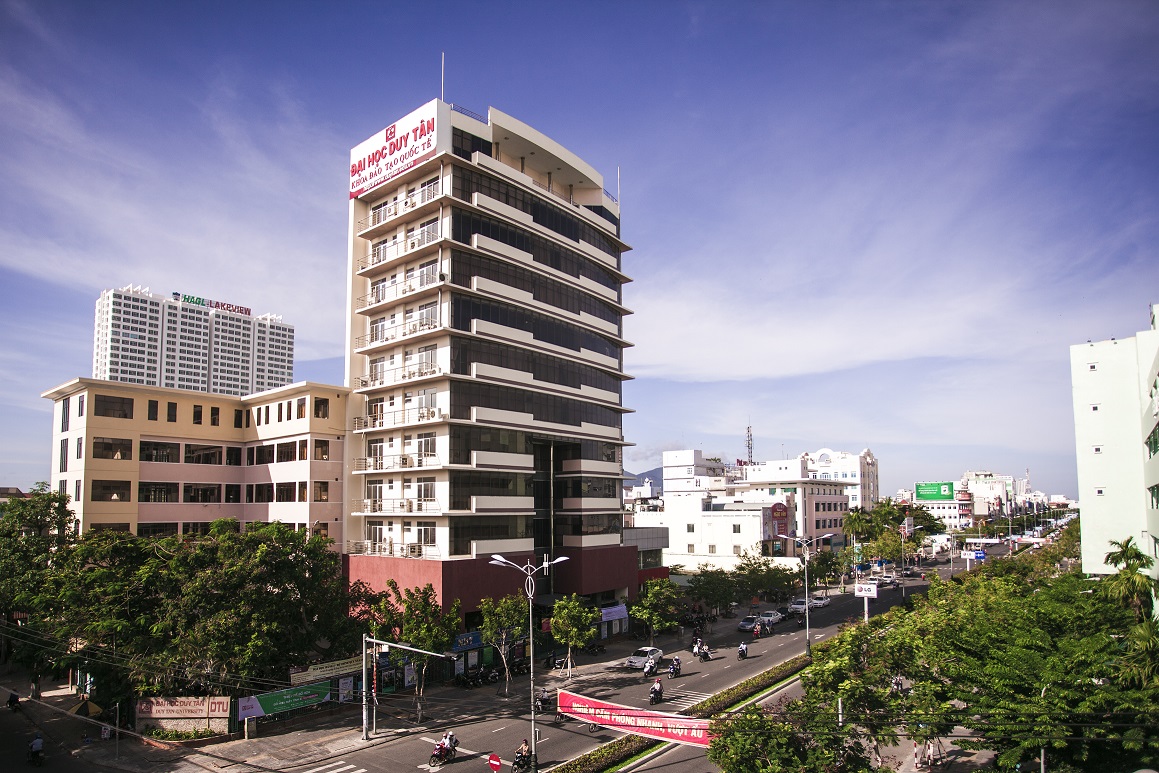This study measured the yields of the radionuclides 82Sr, 83(m+g)Sr, 85mSr, 85gSr, 87mSr, 81(g+0.976m)Rb,82mRb,83gRb,84(m+g)Rb, and 86(m+g)Rb produced in natSr(γ, xnyp) multiparticle reactions with bremsstrahlung end-point energies of 55, 60, and 65 MeV. The bremsstrahlung radiation was generated using the 100-MeV electron linear accelerator at the Pohang Accelerator Laboratory, Korea, and the reaction yields were derived from the induced activitiesmeasured using off-line γ-ray spectrometry. To obtain accurate experimental results, we performed the necessary γ-rayinterference corrections. The experimental results were compared with the theoretical predictions obtained usingthe TALYS-1.95 statistical nuclear model code. The calculations were performed using six different level-density models to ascertain which model best fitted the experimental results. The dependence of the reaction yield on the incident bremsstrahlung energy and on the number of nucleons emitted by the photonuclear reactions was also investigated
The proton-induced reaction cross-sections on natural tungsten within the proton energy range of 12.50 ± 0.79 MeV to 44.08 ± 0.33 MeV are determined by using the stacked-foil activation method and offline γ-ray spectrometry at the MC50 cyclotron of the Korea Institute of Radiological and Medical Science. The proton beam intensity is determined by using the natCu(p,xn)62Zn and natCu(p,xn)65Zn monitor reactions. The residual nuclide activities are measured using an HPGe γ-ray detector. The experimental results in this work contains 63 individual measured points for seven identified nuclides 181;182m,g;183;184m,g;186Re via the natW(p,xn) reactions. In addition, the thick target yields are determined for the 181;182m,g;183;184m,g;186Re products produced from the natW(p,xn) reactions. The present data are compared with literature data and the theoretical predictions from the TALYS-1.9 code and the TENDL-2019 library.
This work presents the preparation of bioactive glasses 70SiO2–(26 − x)CaO–4P2O5–xAg2O (with x = 0, 1, 3, 10 mol%) by a modified sol–gel method with reduced synthesis time based on hydrothermal reaction in a medium without acid or base catalysts. The synthetic materials were characterized by several physical–chemical techniques such as TG-DSC, XRD, SEM, TEM, and N2 adsorption/desorption measurement. The analysis data confirmed that the glass sample not containing Ag has a completely amorphous structure, while glass samples containing Ag exhibited a pure phase of metallic nano-silver in the glass amorphous phase. All the synthetic glasses have mesoporous structures with particle sizes of less than 30 nm. The addition of silver to the bioactive glass structure in general did not drastically reduce the specific surface areas and pore volumes of glasses as in previous studies. The bioactivity of the silver-incorporated glasses did not reduce, and even increased in the cases of bioactive glass containing 3, and 10 mol% of Ag2O. The biocompatibility of synthetic glasses with fibroblast cells (L-929) was confirmed, even with glass containing high amounts of Ag. Representatively, Ag-incorporated glass samples (sample x = 3, and x = 10) were selected to check the antibacterial ability using bacterial strain Pseudomonas aeruginosa ATCC 27853 (Pa). The obtained results indicated that these glasses exhibited good antibacterial ability to Pseudomonas aeruginosa. Thus, the synthetic method in this study proved to be a fast, environmentally friendly technique for synthesizing Ag-incorporated glass systems. The synthesized glasses show good bioactive, biocompatible, and antibacterial properties.
We report on the synthesis of the CdS/Au/TiO2 nanowire photoelectrode (CdS/Au/TiO2 NWs) using the electrodeposition and pulse–electrical deposition methods. The characteristics of CdS/Au/TiO2 nanowires were investigated by scanning electron microscopy, transmission electron microscopy, and energy dispersive spectroscopy. By fixing cross-linking anti-octachlorostyrene antibody onto the CdS/Au/TiO2 nanowire, the photoelectrochemical (PEC) immunosensor was fabricated for detecting octachlorostyrene (OCS) under visible light. This PEC sensor shows high stability, good sensitivity and selectivity for OCS of concentration from 10–12 M to 5 × 10–5 M with a limit of detection (LOD) of 2.24 × 10–12 M. The photocurrent response of device showed the linear dependence on logarithm of OCS concentration with a regression equation of (Io–I)/Io = 0.78665 + 0.06111 log COCS (where R2 = 0.992) in the concentration range from 10–12 M to 10–7 M. As a result, we suggest that the nanowire composite materials could be effectively used for fabricating PEC immunosensors to detect OCS in the water sample.
The removal of NOx over a Ag/γ-Al2O3 catalyst coupled with gliding arc plasma at low temperatures is demonstrated. Specifically, n-heptane (the reducing agent) was pretreated by exposure to gliding arc plasma (the outlet gas temperature of 73.4 °C) before injecting into the simulated diesel exhaust gas and passing it through the catalyst zone. As a result of the plasma treatment, the feed gas consisted of oxygenated hydrocarbons (OHCs), which serve as reducing agents, instead of only n-heptane without plasma treatment. Consequently, the NOx removal efficiency increased substantially by approximately 10% at temperatures of [165−225 °C] owing to the presence of the OHCs. The dependence of the NOx removal efficiency on typical reducing agents was examined; these results agreed with our hypothesis that aldehyde derivatives were more effective than the parent compound (n-heptane) for NOx removal at low temperatures. However, enhancement of the NOx removal efficiency after plasma pretreatment was not observed at high plasma discharge power. This is because NOx is formed from the air and a significant amount of n-heptane is completely oxidized to CO2 when the gliding arc plasma is operated at high power. Besides, the plasma treatment of n-heptane did not improve the NOx removal under high operating temperature conditions at which the catalyst itself exhibits high catalytic activity. This led us to surmise that boosting the effectiveness of the OHCs generated during plasma pretreatment would require the ratio of the exhaust gas flow rate to the reducing agent flow rate to be high, which is challenging to realize in laboratory-scale experiments. This method would lower the energy consumption of the plasma stage.
Exploring Heusler based materials for different practical applications has drawn more and more attention. In this work, the structural, electronic, magnetic, and mechanical properties of NaTMGe (TM = all 3d transition metals) half-Heusler compounds have been systematically investigated using first-principles calculations. The TM modification plays a determinant role in the fundamental properties. Except NaNiGe and NaCuGe, the studied materials exhibit good dynamical stability. Calculations reveal the non-magnetic semiconductor of NaScGe with a direct energy gap of 1.21 eV. Prospective spintronic applications of NaVGe and NaCrGe–NaMnGe are also suggested by their magnetic semiconductor and half-metallic behavior, respectively, where their magnetic properties follow the Slater–Pauling rule. Nevertheless, the remaining materials are either magnetic or non-magnetic metallic. For the magnetic systems, the magnetism is induced mainly by the TM constituents with either spin-up (V, Cr, Mn, and Fe) or spin-down (Co) 3d states. Calculated elastic constants indicate that all compounds are mechanically stable. Furthermore, they exhibit significant elastic anisotropy, where NaScGe and NaZnGe are the least and most anisotropic materials, respectively. Also, modifying the TM elements influences the materials’ ductile and brittle behaviors. Our work unravels clearly the effects of TM modification on the fundamental properties of NaTMGe compounds. NaTMGe materials show excellent versatility with promising properties for optoelectronic and spintronic applications.
In this study, we report on the synthesis of InGaAsSb epi-layer for optoelectronic devices in short infrared wavelengths (SWIR) at room temperature (RT). The InGaAsSb with lattice matched to GaSb substrate was grown by the molecular beam epitaxy (MBE) using the strain engineering. The structural and optical properties of InGaAsSb layer was investigated by high resolution X-ray diffractometer (XRD), and photoluminescence (PL). Devices with a 400×400 μm of size were fabricated using traditional photolithography and inductively coupled plasma etching. The spectral response of InGaAsSb photodetector with a 90% cutoff wavelength and electroluminescence spectra of light emitting diode (LED) obtained at 2.38 μm at an applied bias of –0.1 V and 2.25 μm with Jic = 500 mA, respectively at room temperature. Also, the spectral response of the detector indicates an increasing intensity and low noise when the temperature is high.
In this work, we report the theoretical prediction, based on density functional theory (DFT) calculations, of new Na2X (X = S and Se) monolayers considering their structural, electronic and magnetic properties. Formation enthalpy and phonon dispersion curves are calculated to examine the structural stability. Na2S and Na2Se single layers are Γ−Γ direct gap semiconductors with energy gaps of 2.17(2.99) and 2.06(2.84) eV, respectively, as determined by standard-PBE (hybrid-HSE06) functional. These two-dimensional (2D) materials are magnetized by creating single Na vacancy, where the magnetic properties are produced mainly by X atoms closest to the defect site. Meanwhile, single X vacancy causes a significant band gap reduction, preserving the paramagnetic nature. Similar effects are observed for oxygen doping, where the energy gap decreases linearly according to increase the doping concentration. In addition, aluminum doping is also efficient to tune this important parameter. It has been found an abrupt reduction once the monolayers are doped with Al atom, however further increasing Al composition will lead to a nearly linear increase. Results presented herein introduce new 2D direct gap semiconductors with band gaps values lying in the visible regime, prospective to be applied in optoelectronic devices, as well as suggest efficient approaches to modify their fundamental properties.
Hydrogen evolution by water splitting is one of the easy and clean methods for generating energy that can solve the energy crisis in the near future. In this report, WO3 nanoplates were treated with a chemical bath deposition (CBD) and hydrothermal (HM) sequentially to synthesize the ZnO@CdS core-shell nanorods (NRs) on the nanoplates. Prior to this, the sputtering process followed by HM has been involved to grow basic uniform WO3 NPts onto the FTO substrate. To ensure the enhancement in the performance of the photoanode under solar light, the sputtered-grown Pt nanoparticles were used as the catalyst. The method measurements FESEM, HR-TEM, XRD, LSV, and conversion efficiency were used for the examination of the morphology and performance of the photoanodes. In an aqueous solution of 0.3 M Na2S and 0.2 M Na2SO3 (pH ∼13.5), the linear sweep voltammetry (LSV) analysis shows a photocurrent density of 17.1 mA cm−2 at 0 V vs SCE and 6.1% of the efficiency of conversion energy at −0.5 V vs SCE of Pt/CdS@ZnO/WO3/FTO photoanode.







